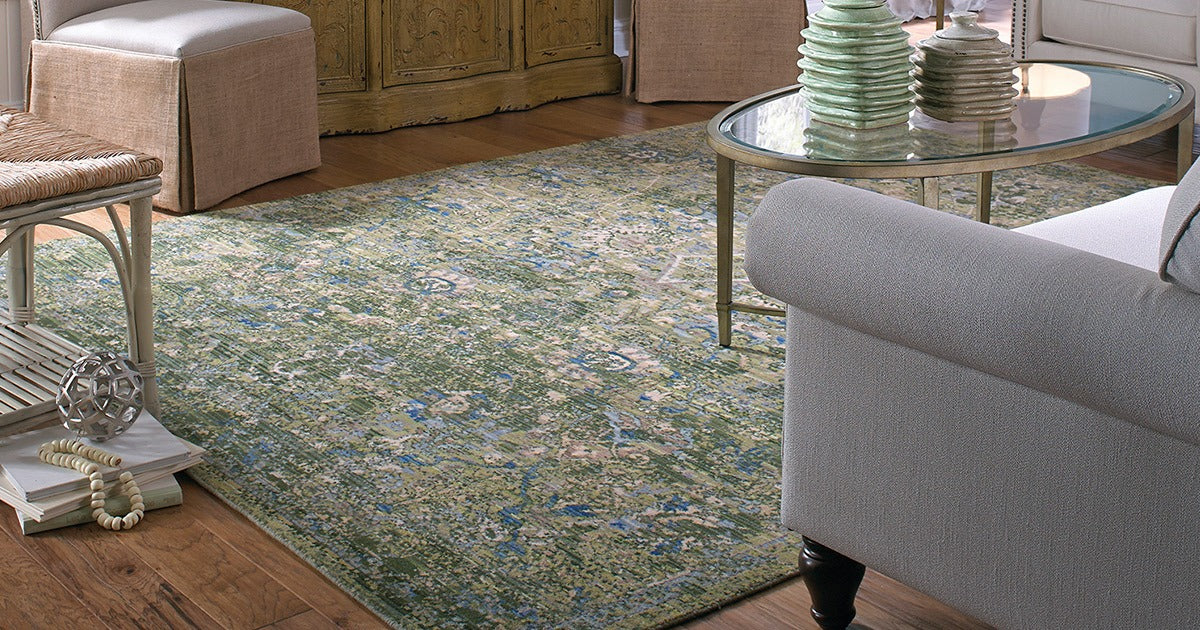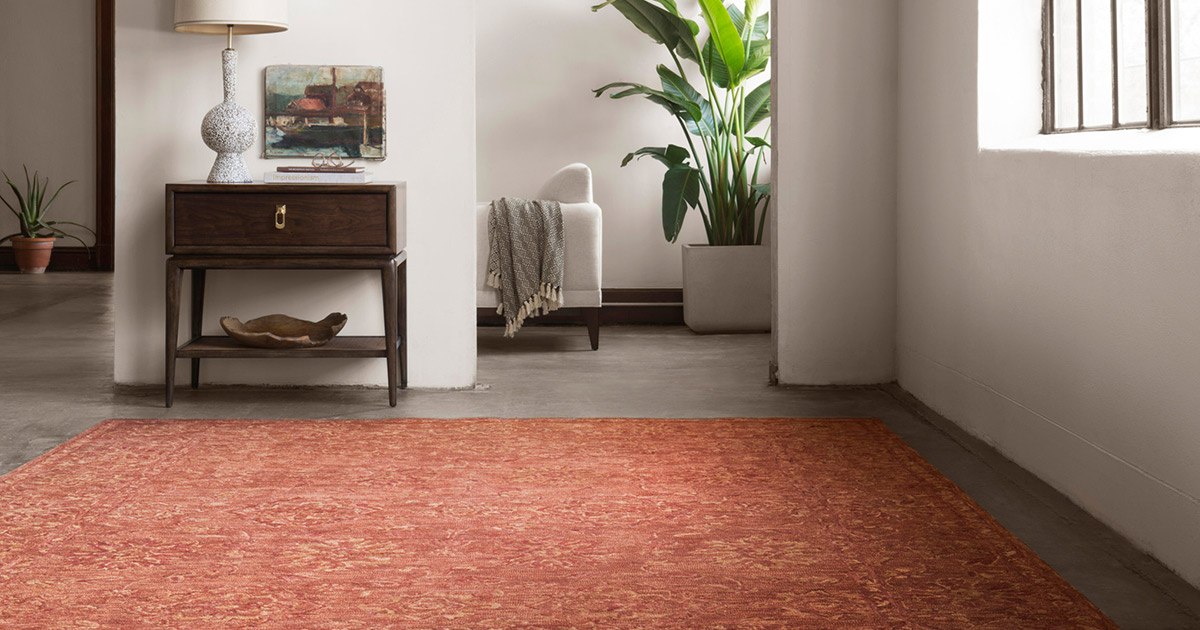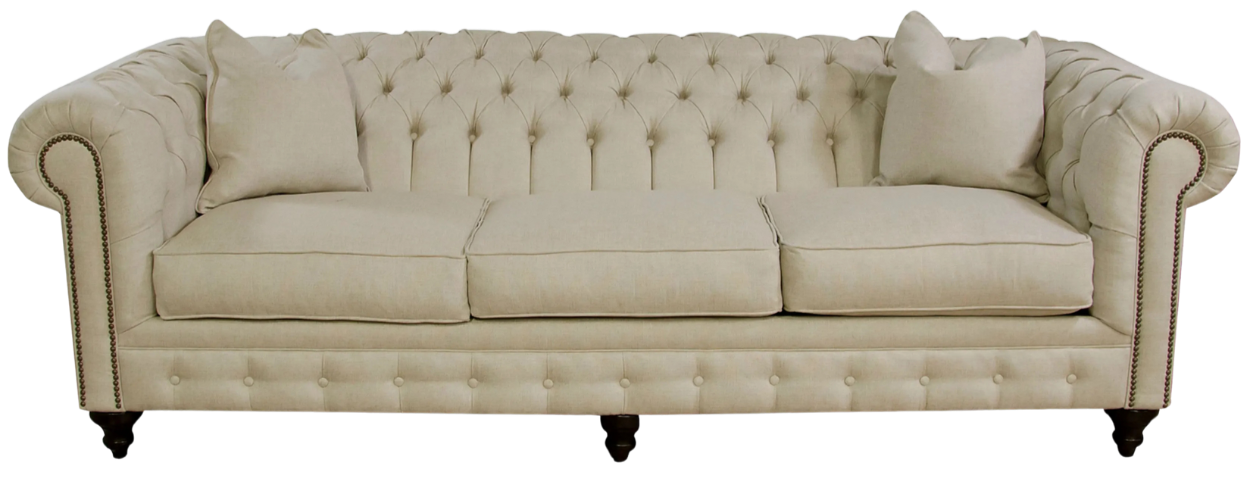Your Cart is Empty
RUGS
FURNITURE
DIY Tips for Home Interior Design

For some people the prospect of designing, decorating, and installing features in their own home is highly enticing. It’s not for everybody; even the most hardcore DIY enthusiasts can burn out in the middle of a project. But once it all comes together – a product of their own hands – usually these types just start dreaming up the next project. If you’re of this tribe – always assembling Pinterest boards and watching “how to” clips on things like building wooden planters – then you’ll appreciate our DIY design tips below.
- Do your homework
Before diving into a large scale project, be sure to educate yourself thoroughly on the process of, say, pouring your own concrete countertops or anything you plan to undertake. Visit suppliers and take stock of all the material options at your disposal and how involved each type is to install. This will help you decide what elements you want to take on yourself and what to leave to a professional. Any seasoned contractor will tell you that most home improvement jobs are more involved than they seem. Of course, the more challenging the process, the more rewarding the results.

- Determine your level of commitment
Take a good look at your home as it is and try to consider what you can live with and what absolutely has to go. Bear in things like your budget and tolerance for chaos around the house, and weigh those against the amount of renovation and redesign you are up for taking on.
Don‘t be afraid of bold changes; eliminating walls or vaulting ceilings, but be selective and use them sparingly. These types of jobs are labor intensive and messy but can redefine a home. Work with the floor plan as a whole taking advantage of even awkward spaces like landings and hall closets as design opportunities. Places where you can display plants or art collections.
- Evaluate your furnishings
Think about furniture in terms of your entire layout. What do you have on hand that will work with the home as you intend to use it; considering if the pieces will fit functionally, spatially, and aesthetically. Don‘t be afraid to let go of a piece if it simply isn’t going to flow with your new look. Be ready to make a trip to the vintage furniture store to drop off a couple pieces and pick out some fresh ones for the space.

- Leave some room
Don’t feel the need to design and build out every nook and cranny. The purpose of a home is to live in it, which can be tough to do if there’s no open, flexible space. Especially if you have kids – that home office you’re thinking of (that you’ll never actually use) could be a great playroom for the little ones. Or if you’re not sure that you need a dedicated dining room, place a smaller dining table in it then a desk along one wall and you’ve got a space that doubles as that home office, or a cozy nook to sit and read design blogs.
- Cohesive design
Try and build upon a common design theme in each space. The inspiration could be from a piece of furniture or textile, or even an element built into the space itself, such as a mantle. Use one of those elements as a reference point for the space. If you have a boldly patterned, colorful Turkish kilim for instance, reflect that color in the upholstered furniture and in other pieces sharing the space. Very bold themes from one room to the next can make for an overwhelming environment, but a subtle contrast keeps a house fresh and lively.
Also, abide by the ‘rule of three’ when it comes to color. Choose three primary colors to work with for the project, working within that scheme using gradients as contrast.
- Bring the outside in
One of the greatest assets to the DIY design community are indoor plants. You don’t have to be a skilled craftsman with lots of tools to go pick out a healthy-looking Fiddle Leaf or succulents and place them about the house, having fun with the wide range of planter styles in the process.
Decorating with plants is a great way to round out a renovation or even just a simple remodel. They instantly add warmth and liveliness to a space without imposing on other design elements, at the same time helping purify the air. And greenery is a relatively neutral item so you can wait until you’ve curated your look, then dress it up with fresh shrubs, grasses and botanicals – even throwing some sticks and stones in there for good measure.
- Relax
Most importantly, relax and have fun with your project. Its hard to dream up good design ideas under pressure. And becoming a “do-it-yourselfer” requires no previous experience; read books, blogs, and Pinterest boards. Get inspired and take the design of your environment into your own two hands.
As you get started on your next DIY interior design project, check out NW Rugs collections of rugs and furniture for some unique pieces to add to your space.
